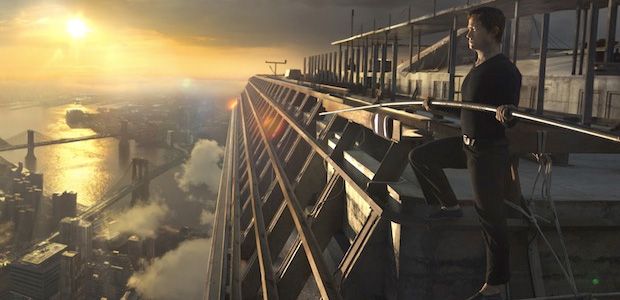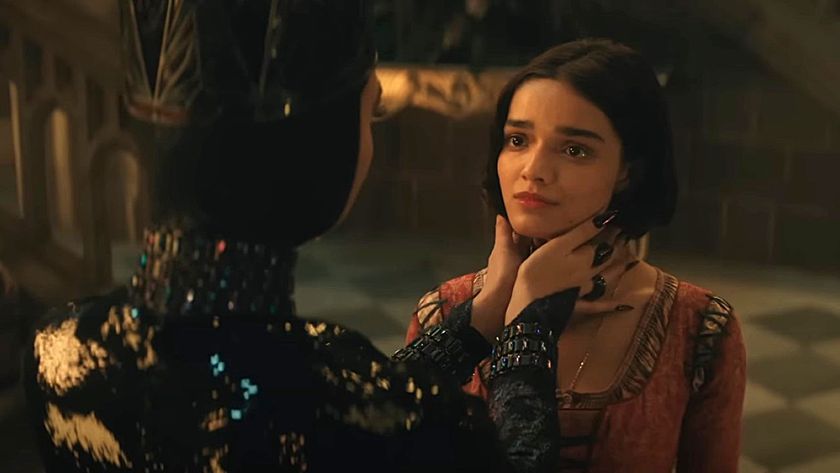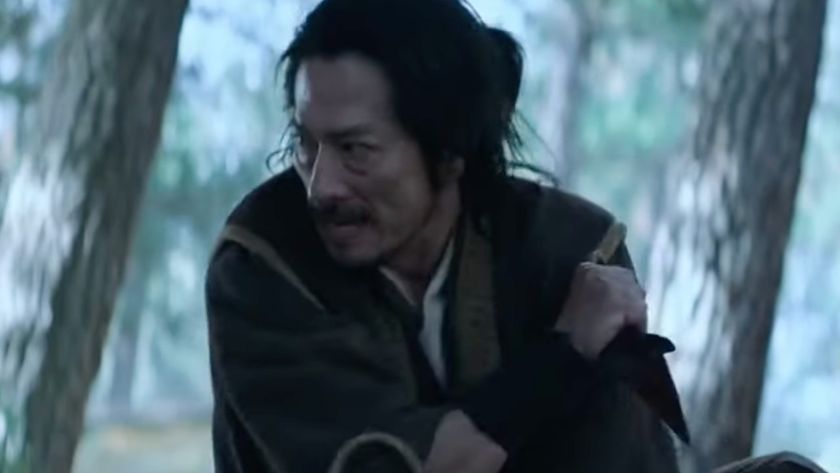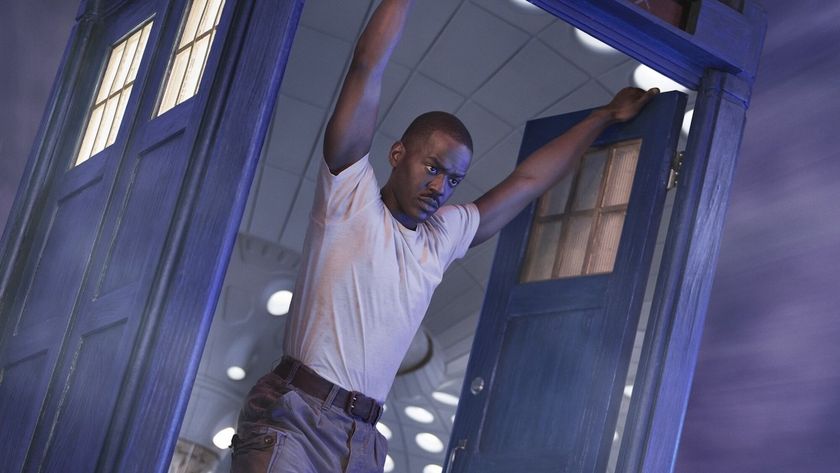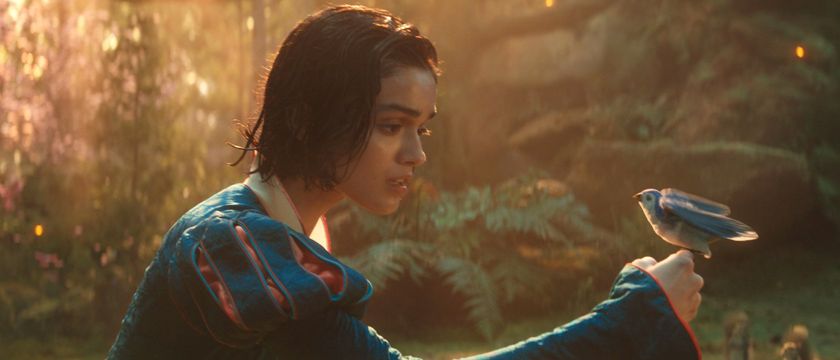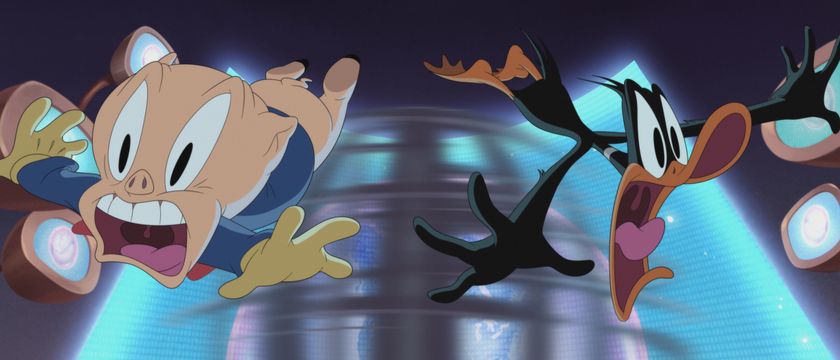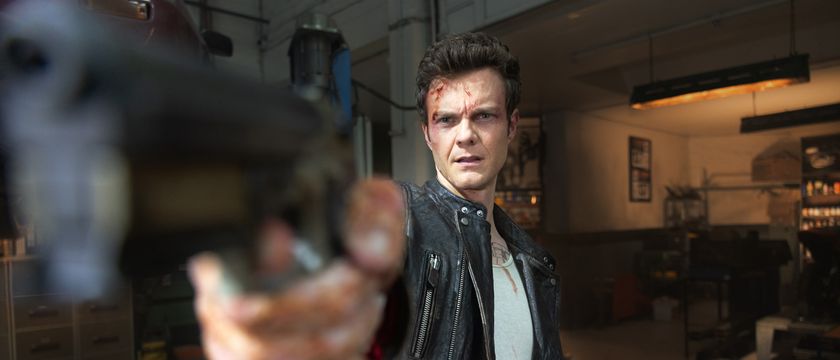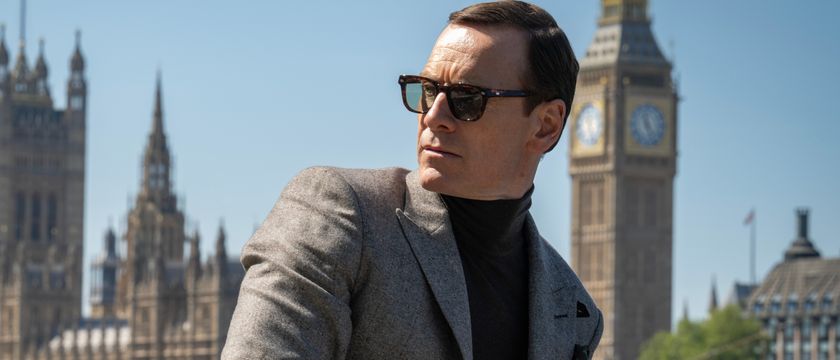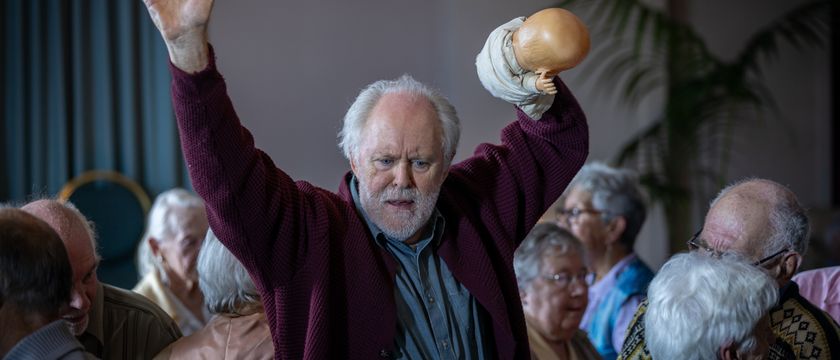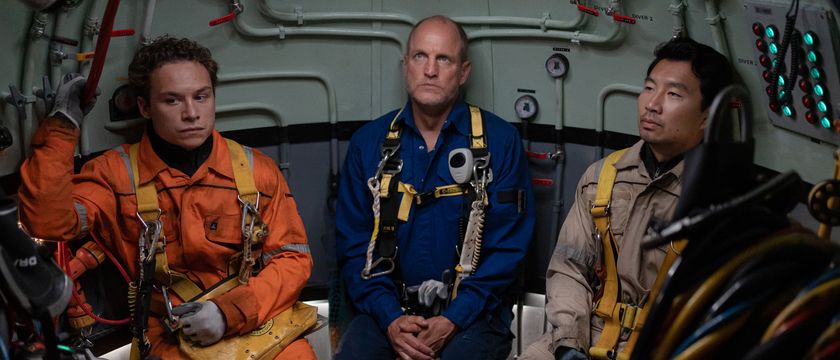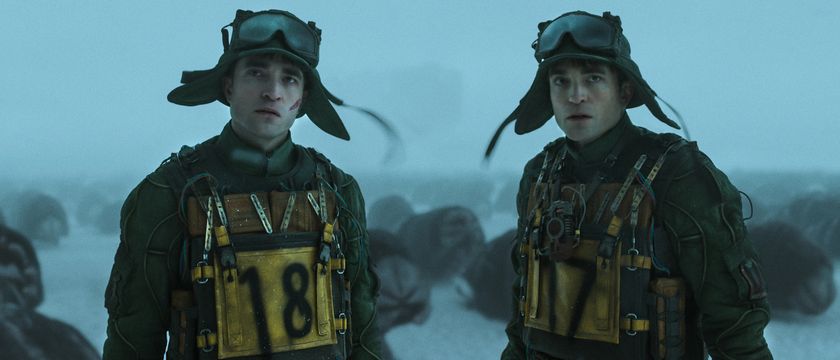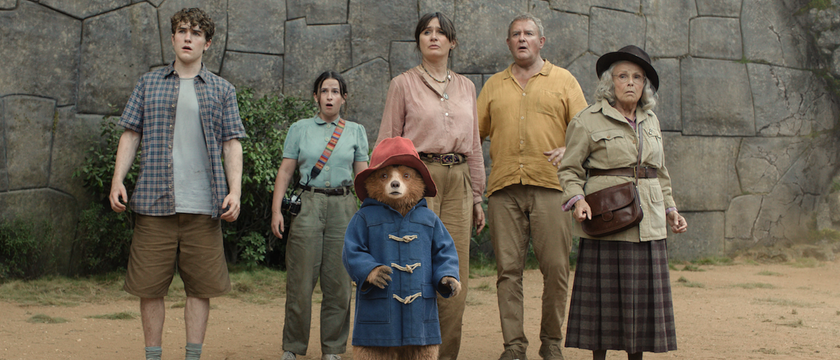In Hollywood, the term “remake” has earned a bad reputation – largely due to terrible cash grabs that want to take advantage of an established and well-known property. The truth is that there are plenty of reasons for a story to be told on the big screen more than once, be it failure to capture the importance of a narrative properly the first time around, or a filmmaker having a new and different creative angle that will present how audiences see material in an entirely new light. Robert Zemeckis’ The Walk is a perfect example of this - for while a great documentary was just made about the exact same subject matter a few years ago, the new film completely justifies its existence with a wonderful sense of drive, passion, vision and fun.
Revisiting the jaw-dropping and wonderful true story that was previously told in director James Marsh’s Man on Wire, The Walk transports audiences back to the early 1970s and regales with the story of Philippe Petit (Joseph Gordon-Levitt), a brilliant French street performer and acrobat with some major dreams. While constantly searching for new and more spectacular places to perform his beloved high wire act, he comes across news of the World Trade Center being built in New York City, and makes it his life goal to string a cable between the Twin Towers and walk across it as a performance for the world. Training his body to prepare for what should be an impossible act, and gathering a team of assistants together who can help him execute the illegal mission, Petit keeps his passion and lust for life at the front of his mind at all times… while he works to create a piece of art that the world will never forget.
In all the best ways, The Walk functions like a victimless heist plot -- a group of specifically skilled/placed individuals working together to illegally create art instead of stealing money or paintings -- and even if it wasn’t based on spectacular true events, it would be a story worth telling for its sprit and energy alone. Robert Zemeckis clearly understands the power of Philippe Petit’s magnetism and passion, and while fully exploring the mind of the man in addition to his mission (most notably through smartly realized fourth wall-breaking narration), the director creates a feature that all audiences can enjoy, and also get something different out of emotionally.
Strongly structured as the film may be, however – the story perfectly lending itself to a narrative retelling – truly the strongest argument for retelling Petit’s story on the big screen is the spectacular visual flair that Zemeckis brings to the material through his own personal passion regarding the mix of storytelling and advanced technologies. The filmmaker has spent years pushing the boundaries and utilizations of 3D, and The Walk represents his greatest work yet in this arena, as the movie is nothing short of a visual spectacle that demands to be seen on the biggest screen possible. As you might have guessed, the production makes ample and healthy use of CGI to recreate locations like the Twin Towers and 1974 New York, but this proves to be no limitation for Zemeckis, who uses digital wizardry and his tremendous stereoscopy experience to generate legitimate vertigo in the guts and minds of his audience. It’s a special thing to behold, and something any moviegoer should be able to entirely appreciate (the only exception, perhaps, being acrophobics – though even they could possibly use it as some sort of safe exposure therapy).
Earning mention is also the talented ensemble that the director put together for the adventure. While not every character gets entirely fleshed-out material to work with – with some members of the “heist” crew just sort of being there, and Sir Ben Kingsley being underutilized as Philippe Petit’s trainer – the script, written by Robert Zemeckis and Christopher Browne, does provide some great personality moments on which James Badge Dale, Charlotte Le Bon and the others really do a great job capitalizing.
In portraying Philippe Petit, Joseph Gordon-Levitt has a very specific obstacle to overcome, in that the audience really has to get used to his presence as a Frenchmen instead of an American. As The Walk begins and we see the star using a French accent while speaking directly to the audience from the Statue of Liberty’s torch, there is a bit of a mental adjustment acquired on behalf of moviegoers. But to his credit, Gordon-Levitt ultimately makes this adjustment very easy. The Francophile actor puts his genuine knowledge of the European language to great use, and uses it to fuel an authentic performance that is backed up simply with posture and self-presentation very different from what we’ve seen from him in other roles.
Robert Zemeckis’ The Walk is a great representation of why we go to the movies. It’s a story of a dreamer that inspires you to dream; a piece of art that celebrates the capabilities of passion; and a spectacularly-presented and thrilling adventure. The sporadic dip in the narrative, the occasional bit of hammy drama, and a few loose ends character-wise do admittedly prevent the movie from being an all-timer, but it’s still most certainly something to experience.

Eric Eisenberg is the Assistant Managing Editor at CinemaBlend. After graduating Boston University and earning a bachelor’s degree in journalism, he took a part-time job as a staff writer for CinemaBlend, and after six months was offered the opportunity to move to Los Angeles and take on a newly created West Coast Editor position. Over a decade later, he's continuing to advance his interests and expertise. In addition to conducting filmmaker interviews and contributing to the news and feature content of the site, Eric also oversees the Movie Reviews section, writes the the weekend box office report (published Sundays), and is the site's resident Stephen King expert. He has two King-related columns.
